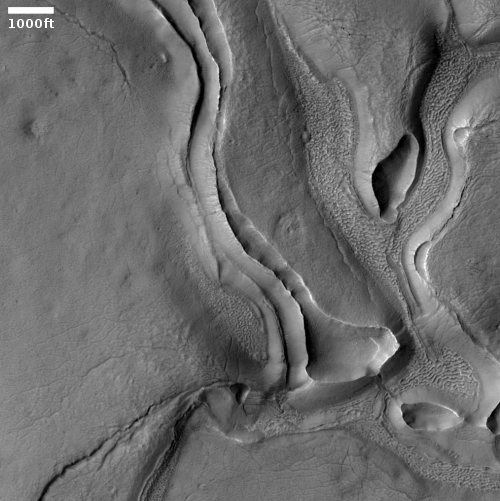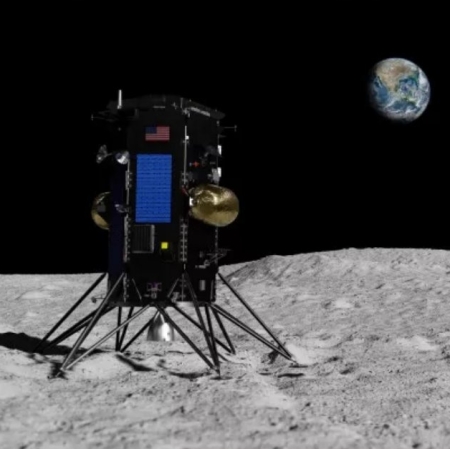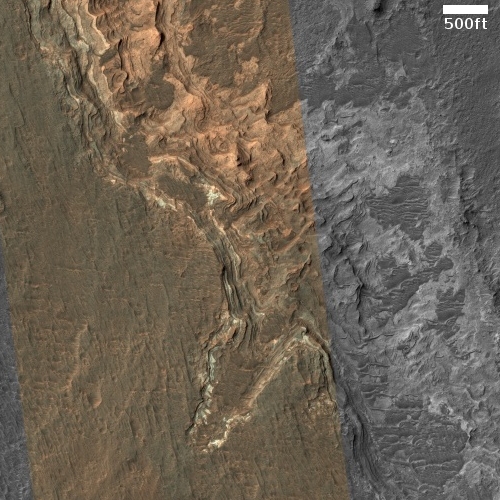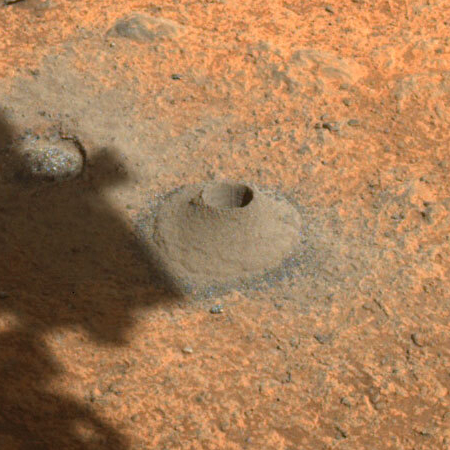Link here. The article tries to provide some explanations for the delays at Blue Origin that have put the BE-4 engine years behind schedule.
The first and most important fact gleaned from the article is that flightworthy versions of this engine will not be ready this summer as promised, and will likely not get delivered to ULA for its Vulcan rocket before the end of the year, causing its inaugural launch to be delayed to the second half of ’22. This also means that Blue Origin’s own orbital rocket, New Glenn, will likely not launch until late next year, at the earliest.
Moreover, the engines that Blue Origin will deliver to ULA will not be fully tested, and might require replacement if tests on other engines reveal more problems.
The article’s most important revelation about the delays however is this:
One of the most persistent problems, sources said, is that the BE-4 engine testing and development program has been relatively “hardware poor” in recent years. Effectively, this means that the factory in Washington has not had enough components to build development engines, and this has led to extended periods during which no testing has occurred on the stands in Texas.
It was surprising to hear this because back in the spring of 2017 Blue Origin stated publicly that its development program was hardware rich. After arriving as CEO in late 2017, however, [Bob] Smith appears to have focused more on a substantial reorganization of Blue Origin’s leadership rather than hardware development. Other programs were prioritized, too, so the BE-4 team did not get all the resources and freedom it needed to proceed at full throttle. [emphasis mine]
To put it more bluntly, Smith decided it was more important to rearrange the deck chairs rather than launch lifeboats into the water. As a result, Blue Origin has essentially wasted the last four-plus years.
There are signs that the company has changed course away from Smith’s focus, but we shall have to wait and see. The childish press release issued by Blue Origin yesterday, claiming its manned lunar lander was far better than SpaceX’s Starship and should have been chosen by NASA, suggests that the course change has not been as thorough as one would hope. The amount of intellectual dishonesty contained in that release is somewhat disturbing, especially coming from a rocket company:
Blue Origin appears to be, at minimum, cherry picking its comparisons. The graphic notes that the Starship-Super Heavy system hasn’t launched yet. Starship has launched six miles into the air on several occasions, but not with its Super Heavy booster. It also points out that SpaceX’s Starship facilities in Boca Chica, Texas have never accommodated an orbital launch. Blue Origin, though has never launched any rocket to orbit from anywhere.
The graphic doesn’t, however, note the cost of the Starship lunar lander. SpaceX’s proposal estimates that it will cost NASA $2.9 billion, while Blue Origin’s gave a price of $5.9 billion. [emphasis mine]
For the management of a rocket company to not recognize the fundamental facts indicated by the highlighted words above, or to make believe they are unimportant, does not bode well for that rocket company. Rather than focusing on getting its rocket finally off the ground, the management appears instead unwilling to face some hard facts, and fix them.
Meanwhile, SpaceX keeps barrelling along, focused not on petty managment issues or whiny complaints, but on actually building rockets that fly.










